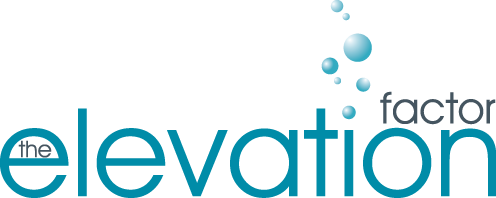E-mail marketing helps save money and is a cost-effective way to build customer loyalty and attract new business. However the planning and implementation are as just as important for e-marketing as it is for more traditional activities. "What's the objective? What is the message? What is the strategy?"
Here are some guidelines:
- Always give recipients an opt-out option - Unsubscribe
- It is the subject line of your e-mail that determines whether your e-message gets opened and read or goes straight to the SPAM folder. Spend some time on the subject line words such "Free," "Sale," "Offer" and "Last Chance" are sure tickets to the SPAM box.
- More than half of e-mail recipients view e-mails with images turned off. Unless you have an underlying text message (that describes the missing image), what you have is a nice graphic that no one sees.
- E-newsletters should be at least 85 percent educational, can build "an emotional connection" with customers. An e-blast, on the other hand, is nearly all promotional - think an ad on e-steroids - and is intended to create a sense of act-now urgency.
- When sending E-newsletters its better to embed the link into a simple email rather than have the whole newsletter on the screen – send the reader to the relevant parts of the newsletter rather than scare them with a screen of text.
- If eight percent of recipients open your e-mail, that's good.
- Do-it-yourself providers such as Constant Contact or iContact offer templates and list management support that make it relatively easy for novices to build e-campaigns. Usage reports from Constant Contact, for example, will tell you how many people opened your e-mail; the click-through rate; and which, if any, links that were included in your message they hit. However you can spot a Constant Contact email a mile off – so try and me inventive with the design.
- Sometimes your cool graphics are at the top of a template message, requiring recipients "to scroll halfway down to get to your message – often no one can be bothered to scroll down.
E-Marketing still remains the quickest and effective way of getting your message to your target market – but as long as your recipients look forward to your emails rather than deleting them without reading.
